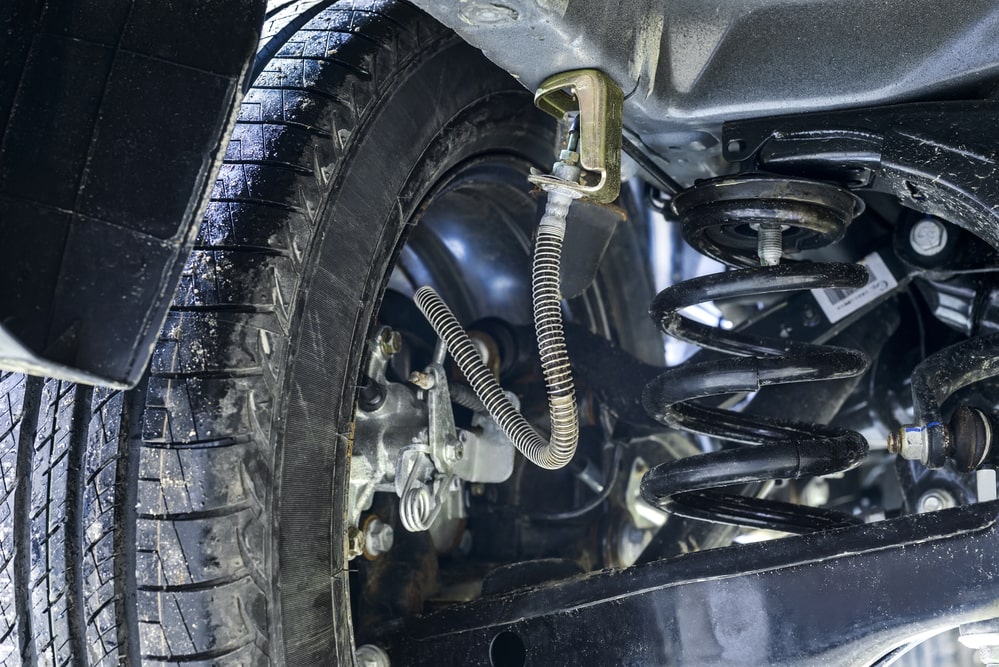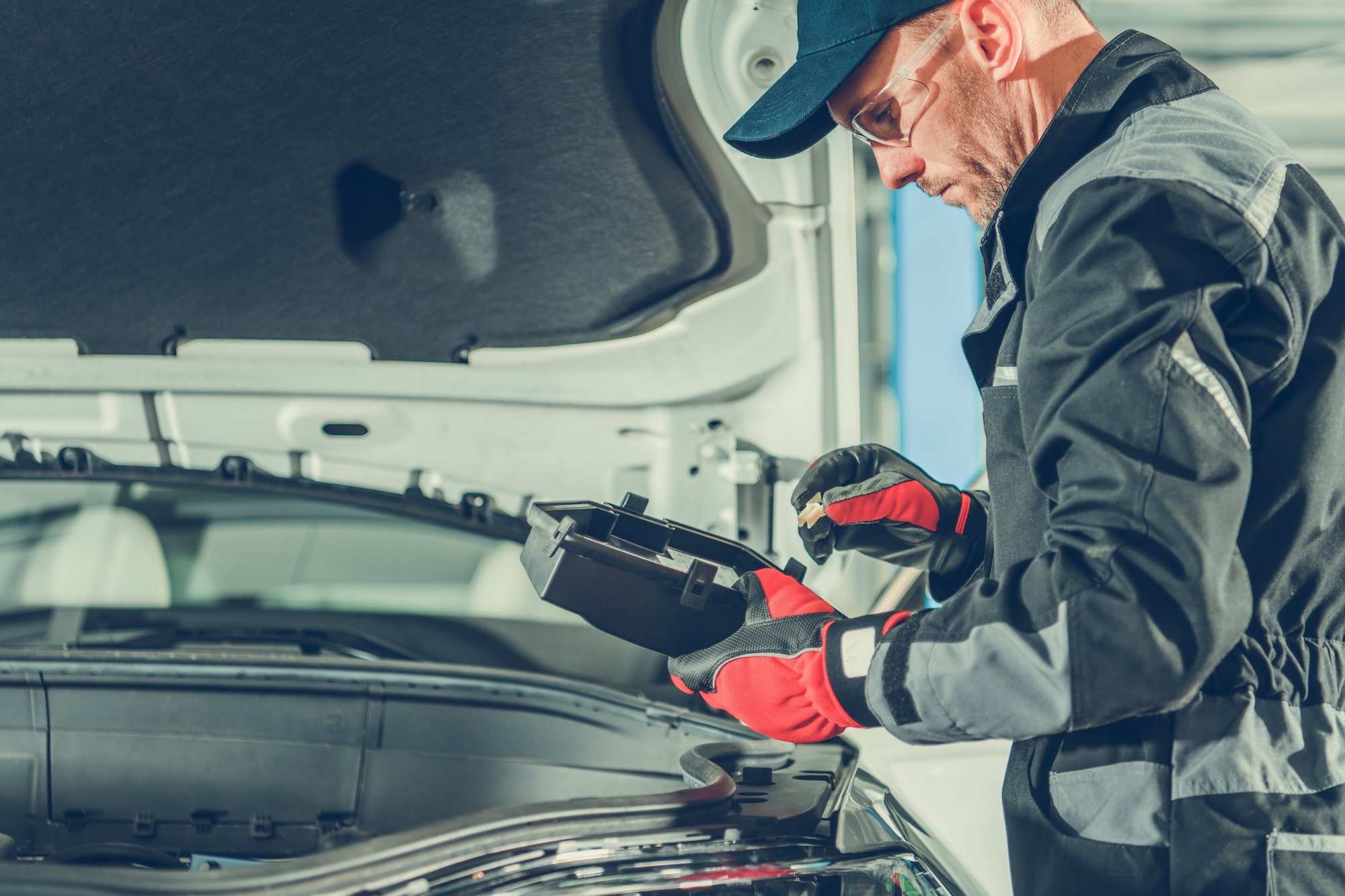Manufacturers design cars using thousands of parts. Some give power to high-tech accessories, while others move the wheels, run the engine, or support things like handling and braking. Whatever the role, every part contributes to driver satisfaction, ensuring the automobile runs well.
But because cars are such complex machines, only some drivers have a working knowledge of specific auto components or systems. In addition, not all vehicles contain the same parts, which can make understanding car functions more confusing. For instance, do you know the type of suspension your car has or how it functions?
Let’s explore what a suspension system is, including the hydraulic suspension system, its purpose, and why it may or may not be an option for your vehicle.
What Is a Car’s Suspension System?
Sometimes, avoiding a bump or dip in the road isn’t always possible when driving. Maybe you run over a pothole in the dark because you can’t see it, or you aren’t able to swerve around broken asphalt because other motorists are in your way. Yet despite rolling over these road imperfections, your car tolerates the impact, bounces, and keeps going.
The suspension system, which you can find underneath every vehicle, supports your car’s body and helps maintain an overall balance when bouncing over potholes. It keeps the tires grounded and lets you control your car’s speed and direction for a safe and peaceful ride. In fact, it’s the part of the car that absorbs the energy/vibrations that affects your wheels when driving over things like bumps in the road. Components like coil springs, tires, shock absorbers, roads, joints, bearings, and the car’s frame make up a standard suspension system.
Are There Different Types?
Not all auto manufacturers design their vehicles using the same suspension system, as some have steel spring suspensions while others have air suspension systems. An air suspension includes an electric pump or compressor that pushes pressurized air into each wheel’s bellows. Electronic sensors analyze the road as you drive and make changes accordingly. These systems are entirely electrical and found in high-end luxury vehicle brands like Mercedes-Benz, Audi, and Lamborghini.
Yet, despite the design, drivers may opt to upgrade their system with a customizable hydraulic suspension. When driving over bumpy roads, a hydraulic suspension reacts instantly, improving the ride and making it smoother and more enjoyable. The upgrade, however, is pricey and can lead to high maintenance costs down the road.
How Does the Hydraulic Suspension System Work?
Instead of using pressurized air and springs to generate power, a hydraulic suspension system uses hydraulic fluid and compressed gas. The liquid creates pressure and then reacts to it as a vehicle drives over bumps, moving the wheels and helping keep the vehicle level by absorbing the impact the car experiences.
Specifically, a hydraulic suspension system has a reservoir that holds the fluid. Hydraulic lines transmit that fluid to all four corners of a car. Each corner contains a chamber with fluid that regulates a car’s rebound, spring, and damping. When a driver encounters rough road conditions, all components work together to produce immediate reactions—keeping the ride smooth and comfortable.
Hydraulic suspension systems are customizable, meaning you can raise or lower a vehicle’s shocks to varying heights depending on your preferences and road conditions. And if you want one end of your car higher or lower than the other, a hydraulic suspension can make it happen.
Is Having Hydraulic Suspension Worth It?
Since buying a vehicle with a hydraulic suspension is rare, most drivers purchase kits to upgrade their existing suspension. Still, the upgrades are pricey compared to standard suspension systems, including installation and maintenance costs. In fact, some websites report numbers as high as $10,000 for high-end systems, which exclude installation costs.
Also, hydraulic suspension systems require regular upkeep, yet finding a certified mechanic with knowledge and experience in hydraulics can be tricky. Not all mechanics have a background in this technology. Hence, the overall cost of installing and maintaining the system adds up quickly. But, if you’re a savvy auto enthusiast who desires customization and performance enhancement with a budget to make it happen, the upgrade might be for you.
That said, double-checking the terms of any existing warranty coverage is critical before modifying your vehicle. Certain car mods can nullify warranty agreements, including installing aftermarket parts or making upgrades on your own without having an approved dealer complete the installation.
How Do You Protect Your Car from Pricey Repairs?
Safeguarding your vehicle with active warranty coverage—no matter the suspension system type—is critical to saving money and preserving your car. But not all extended auto warranties are the same, and most don’t cover hydraulic or air suspensions. Why?
When various tech doesn’t come standard on a vehicle—like hydraulic suspension or aftermarket parts—the contracts won’t include it. Hence, you’ll want to research the companies selling any parts you buy beforehand to ensure warranty coverage is available in case of a breakdown.
You can also explore top-rated vehicle protection plan providers and speak with their sales representatives about coverage for suspension systems and other critical car parts. With a solid policy, you can rest easy knowing it protects you from mechanical failures and high-cost repairs.





